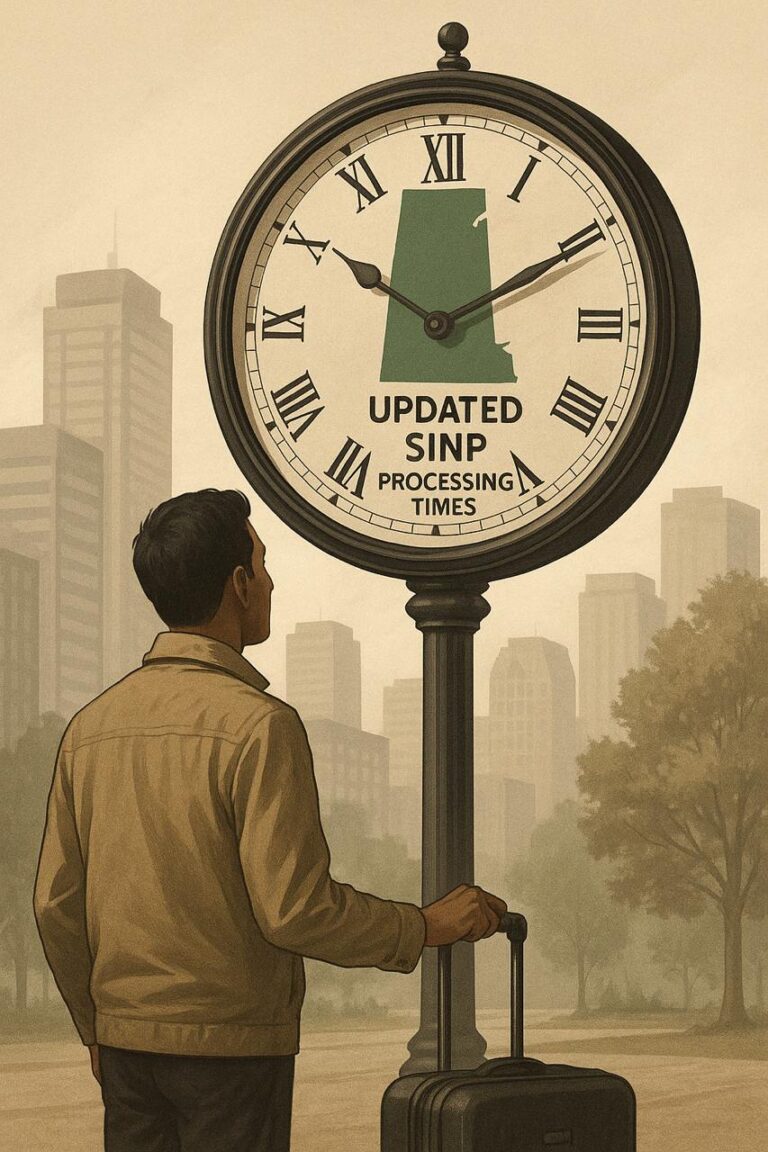Introduction
In a stunning discovery, U.S. authorities have uncovered a massive underground tunnel designed for migrant smuggling near the border with Mexico. Stretching over 1,300 feet, this highly sophisticated “mega-tunnel” highlights the evolving tactics of smuggling networks and the persistent challenges of border security. The find has reignited debates on immigration policies, border infrastructure, and the human toll of unauthorized migration.
Key Takeaways
1. Discovery of a Mega-Tunnel:
U.S. officials found a 1,300-foot-long tunnel equipped with electricity, ventilation, and rail tracks, used for migrant smuggling near the U.S.-Mexico border.
2. Sophisticated Design:
The tunnel’s advanced features reveal the significant resources and ingenuity invested by smuggling networks.
3. Immigration Policy Under Scrutiny:
The discovery comes amid ongoing debates about border security and the effectiveness of current U.S. immigration policies.
4. Risks for Migrants:
Tunnels like this expose migrants to dangerous conditions, exploitation, and heightened risks during their journey.
5. Larger Implications for Border Security:
The tunnel underscores the need for innovative approaches to combat smuggling networks and address the root causes of migration.
The Tunnel’s Design and Function
The recently discovered tunnel is one of the most elaborate ever found near the U.S.-Mexico border. Spanning more than 1,300 feet, it includes a ventilation system, electricity, and rail tracks—features that suggest a well-funded and highly organized operation. Officials believe the tunnel was used to smuggle both migrants and contraband, illustrating the dual-purpose nature of these underground networks.
The entrance to the tunnel was hidden inside a warehouse on the Mexican side of the border, a tactic often employed to avoid detection. The U.S. authorities uncovered the tunnel during an investigation into increased smuggling activity in the area.
Smuggling Networks: Adaptability and Risks
The sophistication of this tunnel highlights the adaptability of smuggling networks in response to heightened border enforcement. As barriers, surveillance, and technology improve along the surface, these networks turn to underground routes to continue their operations.
However, such tunnels pose significant risks for migrants. The journey through these confined spaces is fraught with danger, including the risk of collapse, lack of ventilation, and potential abandonment by smugglers. Migrants often pay exorbitant fees to use these tunnels, only to face further exploitation.
Immigration Policies in the Spotlight
This discovery comes at a time of intense debate over U.S. immigration policy. Critics of current measures argue that focusing solely on enforcement, such as building walls or increasing patrols, pushes smugglers to develop more dangerous methods. Advocates for comprehensive immigration reform emphasize the need for legal pathways to reduce reliance on smuggling networks.
The tunnel also raises questions about how resources are allocated for border security. While significant investments have been made in above-ground barriers, incidents like this reveal the limitations of traditional approaches.
The Human Toll
Beyond the technical and political implications, the tunnel’s existence underscores the human cost of migration. Many of those using such routes are fleeing violence, poverty, or instability in their home countries. Their desperation drives them into the hands of smugglers who profit from their vulnerability.
For migrants, the journey often involves immense physical and psychological hardship. The discovery of this tunnel is a stark reminder of the dangerous lengths people will go to in search of safety and opportunity.
Opinion: A New Approach Is Needed
In my view, the discovery of this tunnel should serve as a wake-up call. While border security is undoubtedly important, it’s clear that enforcement alone cannot address the complexities of migration. Smuggling networks thrive on desperation and lack of legal options—two issues that enforcement cannot solve.
The U.S. must adopt a more holistic approach that includes expanding legal migration pathways, addressing root causes of migration in origin countries, and fostering international cooperation. Without these measures, smuggling networks will continue to find new ways to bypass enforcement, and the human cost will remain unacceptably high.
Conclusion
The discovery of a sophisticated smuggling tunnel near the U.S.-Mexico border highlights the ingenuity of smuggling networks and the challenges facing border enforcement. More importantly, it underscores the human toll of a system that pushes migrants into increasingly dangerous routes. As the U.S. grapples with immigration reform, this tunnel serves as a powerful reminder of the need for solutions that prioritize both security and humanity.
#USA
Source
mirror.co.uk: Migrant Smuggling Mega-Tunnel Found










